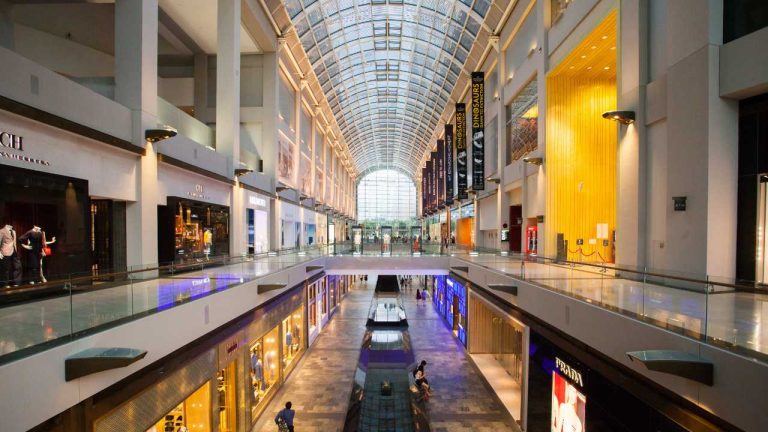How to Do a Retail Shopping Center Market Supply Analysis
When you manage, lease or own a retail shopping center it is very wise to regularly undertake a market supply analysis for the region and your property. In doing that, you can stay well ahead of property changes, tenant needs, customer interest, and retail shop availability.
The supply and demand for lettable retail space will change by location and quality of property. The customer demographics will also have something to do with the success of any property leasing program. So you really should do an analysis of this type at least 6 monthly. In that way you will stay ahead of retail problems and changes.
You must gather the facts about your property. Here are some tips to help you get this process underway:
- Define your retail property by size, type, and location. You can then focus on specifics in the market analysis and compare like with like.
- Have a serious look at your tenant mix including the clusters to see how they are working to boost sales and customer visits. The clusters will include fashion, entertainment, food, electrical, clothing, and service retailers. Some of those retail groups will be more successful than others.
- Divide your shopping center up into groups of tenants. They can be specialties, anchors, franchise groups and chain retailers, and service tenants. Some of those retailers will be what we call ‘destination’ type tenants that pull people into your shopping center. This tenant mix analysis will help you with comparisons.
- Define your gross lettable area by product or retail line (eg fashion, food etc.). You should also do the same for competing properties to help you see what differences exist in the retail offering.
- Monitor customer traffic at all the doors to the property or the entrance ways, and also do the same on the door entrances to separate retailers. You will soon see where people are going to shop in your property and on what days of the week they prefer to do so.
- Look at the vacancy factors firstly in your property. That assessment will include current vacancies, upcoming lease expires, renovation or relocation requirements, and expansion or contraction requirements by tenant.
- When you have completed that property profiling within your property you can do the same on the competition properties. Also look at upcoming retail developments that could put more prime retail space into the property market, and hence create pressure on market rents for retail shops and incentives for leasing.
- When you are comparing retail shopping centers locally, look at the tenant mix, store layouts as to quality, size, and within retailer type. There will always be differences, some of which will impact customer interest and visits to a retail property.
From these things you can understand what is coming into your retail property market, what exists now, and why people are shopping. A simple market supply analysis will keep you ahead of retail property pressures and allow you to make informed decisions on tenant selection, placement and rental.






